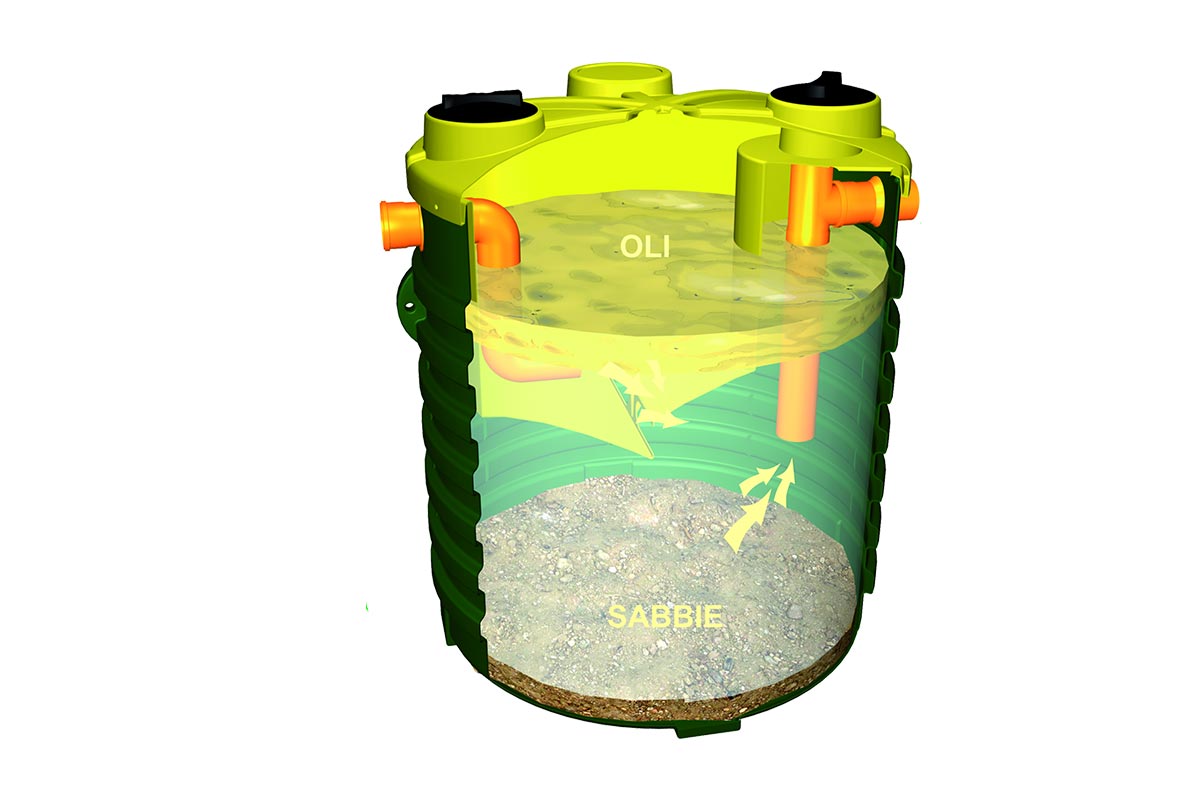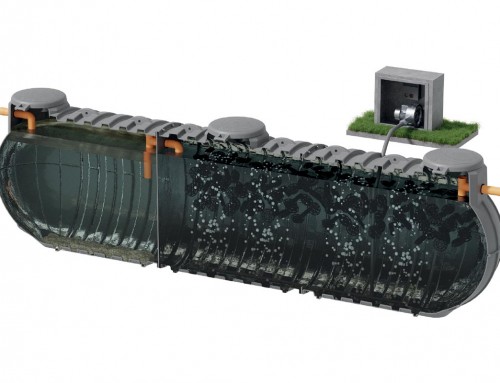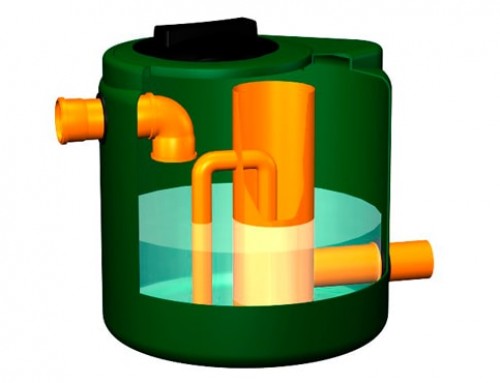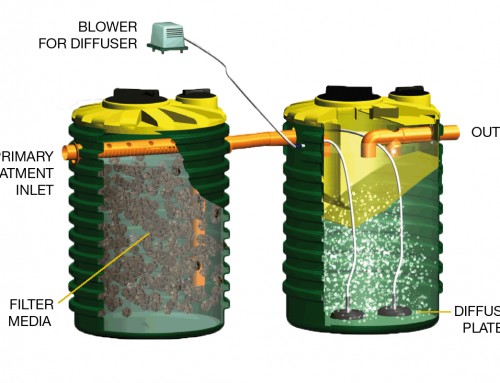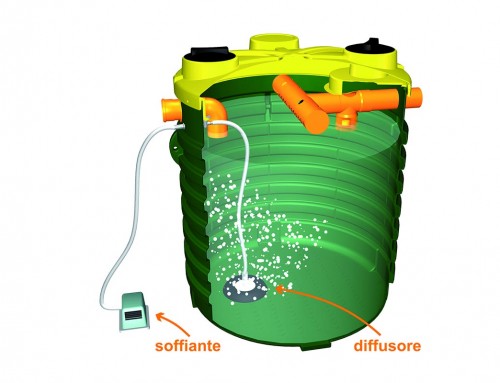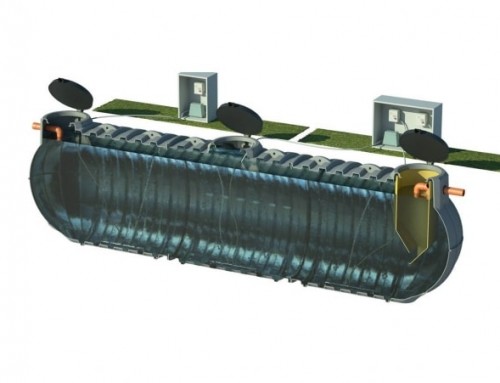OIL SEPARATORS
Material:
smooth/corrugated tank and sedimentation chamber in LLDPE, one-piece structure, fitted with PVC inlet and outlet pipes. Designed for gravity separation of solid materials and oil particles up to 150 µm. Sized according to UNI-EN 858-1 and UNI-EN 858-2, class two oil separator. The version with coalescing filter complies with standard UNI-EN 858-1 and UNI-EN 858-2, class one oil separator fitted with removable coalescing filter made of polyurethane sponge, steel and PVC.
Application:
designed for treating surface runoff from uncovered/covered drainage areas with presence of heavy sediments, mineral oils and hydrocarbons and discharge to public sewer. Designed for treating surface runoff from hardstandings with minor presence of heavy sediments, mineral oils and hydrocarbons and discharge to public sewer. In case of uncovered area, the flow rate is calculated considering a rainfall of 20 mm/h and a unit runoff rate.
Use and maintenance:
an excessive accumulation of floating material causes a reduction in the volume available for separation. This risk worsens in the presence of considerable quantities of sedimentable substances that settle at the bottom of the plant. To prevent the escape of solids and mineral oils that could compromise the quality of the discharged effluent, it advisable to carry out frequent inspections and removal of the accumulated pollutants every 6-8 months. These operations should be more frequent if the plant receives effluent from vehicle workshops, oil storage areas or vehicle washes. The deposits must be removed by specialised personnel and subjected to the appropriate treatment. As far as maintenance of the coalescing filter oil separators is concerned, in addition to the normal emptying, it is also advisable to remove the sponge support and wash it thoroughly upstream of the plant.
Installation: please follow underground installation instructions provided by Rototec.
This post is also available in: Italian French

